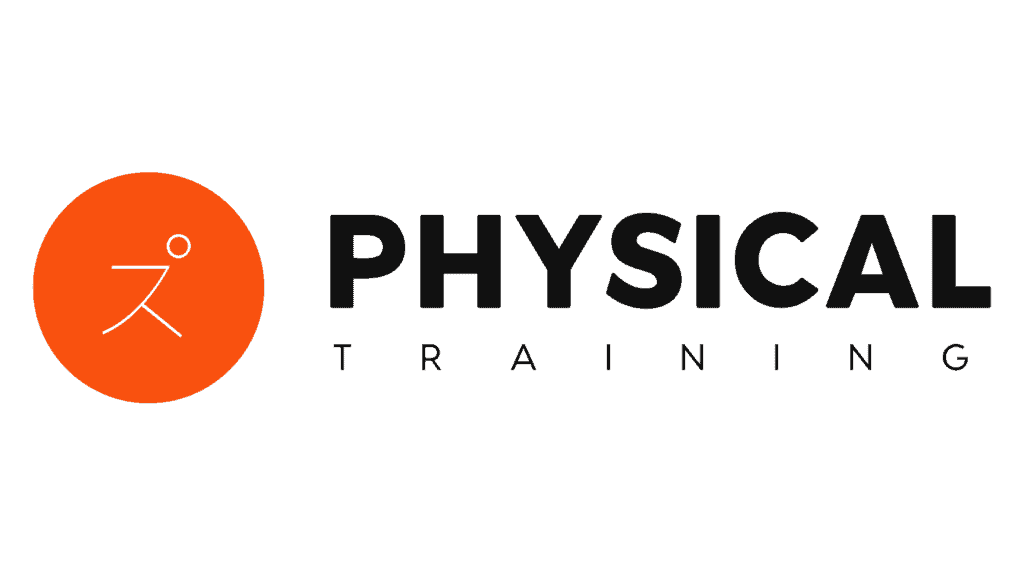
Introduction: Training is an essential part of a healthy lifestyle, but did you know that some common training mistakes can actually harm your health? In this article, we’ll discuss five training mistakes you should avoid to prevent injuries and improve your overall performance. From overtraining to neglecting rest and recovery days, we’ll show you how to optimize your training routine for optimal results.
1. Training without Resting

After a challenging workout, your body changes to be ready for the next time you’ll face the same challenge.
So actually, it is the rest time between your workouts that truly makes you better.
If you don’t take enough time to rest between your workouts – especially the intense ones, not only you’re preventing your improvement, but you’re also heading to an injury.
For example, when you don’t rest enough, you don’t allow your body to rebuild your damaged muscles. Each workout causes microtears to your muscle fibers, which gradually will add up, making you more vulnerable to injuries like strains known as ‘’pulled muscles’’.
What to do: You should always plan a couple of rest days per week. If you missed a workout, don’t try to train every day till the end of the week to catch up. Just leave it. Also, make sure you have a night of sufficient sleep before and after a hard workout. Don’t exercise when you feel too tired, and do something light instead, like mobility drills and yoga.
Extra tip: Keep track of your fatigue by asking your trainer to monitor it.
2. Training Hard When Not Ready

The cause of most sports-related injuries could be summed up in this:
Doing too much too soon, after doing too little for too long.
If you haven’t trained for a long time, you shouldn’t try to deadlift 120kg on the first day at the gym. It’s obvious, right?
You have to be ready for that to train in high-intensity movements, like sprinting, plyometric exercises, and heavy lifts. Otherwise, you are flirting with an injury like a muscle strain, a joint sprain, or even worse.
What to do: Don’t rush. For the more complicated movements, first, make sure to establish a decent technique. Then, gradually start adding some intensity like more weights or a faster tempo. Also, try to alternate intense workouts with recovery days or easy workouts. This will give your body the time needed to adapt to high intensity.
Extra tip: Never skip your warm-up, which prepares your body for the following training impulse. You know this, but we know you skip it when you’re bored.
3. Training Hard All the Time

Variety is a critical factor in performance enhancement. Adding variety is not only about adding new exercises but, most importantly, about changing the core qualities of training, meaning the intensity and the volume.
The golden rule is you can’t have both a high volume and a high intensity in the same workout. Doing it would be too much stress for your body to manage.
For example, it could gradually lead to hormonal dysfunctions like estrogen dominance in women or testosterone deficiencies in men. The outcome would be feeling permanently fatigued with sleep difficulties, low libido, decreased memory, and concentration ability. In a few words, burnt out.
In a report published in the Journal of the American College of Cardiology, researchers from Denmark say that people who push their bodies too hard may essentially undo the benefit of exercise.
What to do: Think of it as having two options: 1. Hard training for a short time, 2. Light training for a longer time. If you are a runner, this could mean fast, short runs vs. slow, long runs. If you’re lifting, it could be heavy weights with 2-3 reps/set vs. light weights with 8-12 reps/set.
Extra tip: Try different training methods in your workouts. Alternating between HIIT (high intensity-low volume) and strength endurance (low intensity-high volume) is an excellent way to add variety to your workouts.
4. Forgetting about the balance

Have you ever heard of the running high effect?
It’s a term used to describe the euphoric feelings many runners experience after a race or a training bout.
Exercising, in general, causes the body to produce endorphins, hormones similar to morphine, known to block pain, decrease anxiety, and make you feel happy.
Sounds great, right?
The only problem is you could become addicted to it.
Meaning if something unexpected like an injury or an illness forces you to stop training, you might become depressed and anxious with impaired concentration and sleep disturbance.
The scientific term for this is exercise dependence.
Beyond the psychological effect, exercise dependence could also result in physical implications.
Many regular exercisers, especially cross fitters, cyclists, and marathoners, would keep training despite being advised the opposite. This could result in common injuries like strains and stress fractures to more severe implications like gastrointestinal blood loss and anemia.
And, of course, it could also have an impact on social life. Missing family and social gatherings because of an intense “need” to exercise. Feeling guilty after losing one training day because fitness will be lost or weight will gain.
What to do: If you’re not a professional athlete, and your training ever begins to feel like an important obligation, then switch to something new and fresh (such as playing a new sport). It’s all about balance in life, so try to find more than one way to satisfy your brain, like cooking, music, socializing, or traveling. Exercise addiction is not worth destroying your body and relationships. After all, exercise should be fun.
Extra tip: Remember that exercise should enhance and not control your life. So, make sure to prioritize your physical and mental health over excessive training.
5. Doing it for the Wrong Reason

There is a good reason why gyms become packed and subscriptions rocket sky-high just before summer. Everyone wants to look lean and ripped on the beach.
The problem is that the perfect body, as continuously promoted everywhere, is impossible to reach by physical means.
No one can look so muscular or so lean living a normal life, following a healthy diet and exercise routine.
What we have in mind as the aesthetically appealing body is the result of dangerous practices, like extreme diets and dangerous supplements.
Besides, this perfect-body obsession could lead to anxiety, low self-esteem, body shame, or, even worse, depression and social isolation.
Are you willing to starve to death and jeopardize your mental and physical health to get that ‘’movie star six-pack’’ or ‘’lose that belly fat now’’?
What to do: We are not saying wanting to look good is wrong. But, if you join the gym just for a month to get toned before summer, maybe you’re doing it for the wrong reason. And usually, it doesn’t work. You will experience what we call the yo-yo effect. Meaning you will see results in the short term, but not maintaining them in the long term will finally lead you to where you started. To break the circle, try to change your view of training and food. Focus on athletic characteristics like how fast you are, how long you can endure a workload, how high you can jump, how strong you are, e.t., instead of how athletic you look. Health doesn’t have an image.
Extra tip: Training with a partner or a team can make exercise a lot more fun, giving you a strong motivation to maintain this habit in the long term.
Conclusion
In conclusion, training mistakes can significantly harm you, and it’s important to recognize them and take the necessary steps to avoid them. Training without resting, training hard when not ready, training hard all the time, forgetting about balance, and doing it for the wrong reason can lead to injuries, fatigue, and even exercise dependence. Resting between workouts, starting gradually and focusing on proper technique, adding variety to your workouts, finding balance in life, and prioritizing your physical and mental health over excessive training can all contribute to a safer and healthier training routine. Remember, training should be enjoyable and enhance your life, not control it.
If you want a tailor-made fitness plan that will save you time and get you in shape faster, let us know, and we’ll get it done.
We know it’s hard to get in shape when you have a busy life. At Physical, we design a plan that works around your schedule so you can stay healthy and get your dream body faster.
Click the Subscribe Button below and meet your coach.

FAQs:
Q: What is the running high effect?
A: The running high effect is a term used to describe the euphoric feelings many runners experience after a race or a training bout. Exercising, in general, causes the body to produce endorphins, which are hormones similar to the drug morphine, known to block pain, decrease anxiety, and make you feel happy.
Q: What are the physical and psychological implications of exercise dependence?
A: Exercise dependence could result in physical implications such as strains and stress fractures to more severe implications like gastrointestinal blood loss and anemia. It could also lead to psychological implications like anxiety, depression, impaired concentration, and sleep disturbance. Additionally, exercise dependence could have an impact on social life, leading to missed family and social gatherings and feelings of guilt after losing one training day.
Q: How can I avoid training hard all the time?
A: The golden rule is you can’t have both a high volume and a high intensity in the same workout. Doing it would be too much stress for your body to manage. Try different training methods in your workouts. Alternating between HIIT (high intensity-low volume) and strength endurance (low intensity-high volume) is an excellent way to add variety to your workouts.
